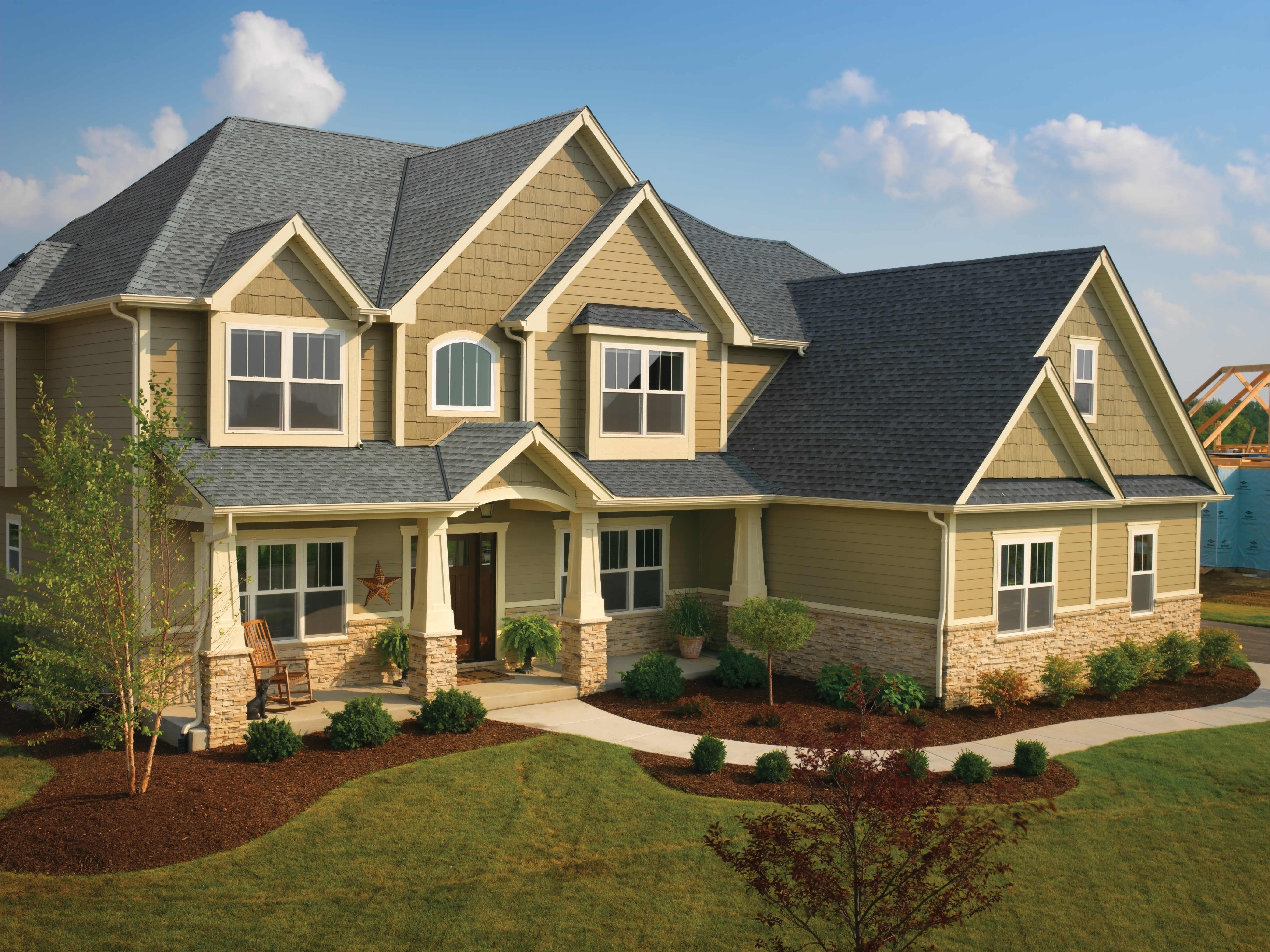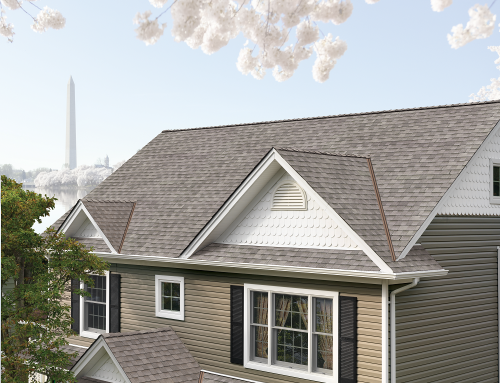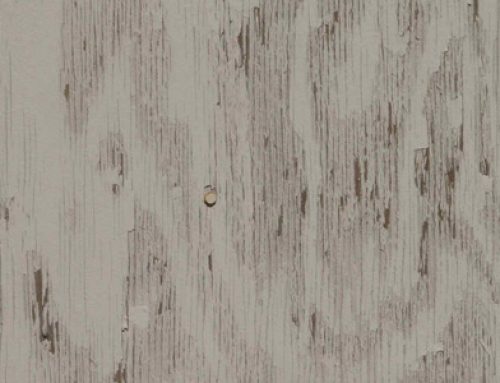We have put together a handful of our most commonly asked questions about ventilation and had our owner, Duane, answer them so that we can help homeowners like you to better understand the importance of proper attic ventilation.
A: Attic ventilation provides year-round benefits to help fight heat buildup in the summer, moisture buildup in the winter (vapor migration), and ice dams in climates with snow and ice.
The goal of an attic ventilation system is to create air flow throughout the entire attic. Air enters through the intake vents in the soffit and flows out through ridge vents placed high in the attic. In addition, a vented attic may assist a home’s heating and cooling system to work less and last longer.
A: Vapor migration is the movement of water vapor as a result of a vapor pressure difference between the building roof or walls and the outside. An easier way to think about vapor migration is thinking of the physics behind it. Throughout the winter months when you are heating your home, heat rises up to the highest space of your home, the attic. When the warm air rises into the attic and hits the bottom of the cold plywood, it condensates causing moisture to form on the bottom of the plywood. This can cause mold or overtime rot the decking.
A: To avoid attic ventilation problems a balanced ventilation system must be installed. The use of mixed ventilation systems, such as soffit and ridge vents in combination with a power fan could result in reverse airflow that could result in water leakage in the attic.
A:Each home is unique and will require a different amount of ventilation. As roofing professionals, we can share with you the formula and do the math to determine exactly how much attic ventilation is needed for your attic.
A: Yes it will help, but at the expense of your air conditioning. Your attic fan will draw air from house to the attic. However, in the winter it’s not going to help to dry the moisture which accumulates due to vapor migration that can eventually can cause mold or even cause your plywood to damage or rot.
A: Ridge vent will help to cool your attic space in the summer time and will also help to minimize the effect of vapor migration.
A:For multiple ridgelines, ridge vents are best because they are independent of wind direction.
A:If you have a cathedral ceiling you will need to have insulation baffles that run from the bottom of the plywood all the way to the top of the insulation. This allows air flow through the beams allowing space between the insulation and plywood.
A:Using ridge vent without adequate intake venting raises a number of potential issues. First, it’s important to understand that ventilation is a system of intake and exhaust. Without intake vents, the ridge vent may act as an intake vent and an exhaust vent. When that happens, the ridge vent can pull air in through one section of the vent in order to feed another section of the vent. Another possible consequence of a ridge vent without proper intake is a negatively pressurized attic. The effect here is the same as with a power fan without intake – air is going to be pulled from somewhere, so now, the only place to pull air from is out of the living space. That could be your air conditioned air that is very expensive to condition.
SCHEDULE A FREE IN-HOME CONSULTATION





